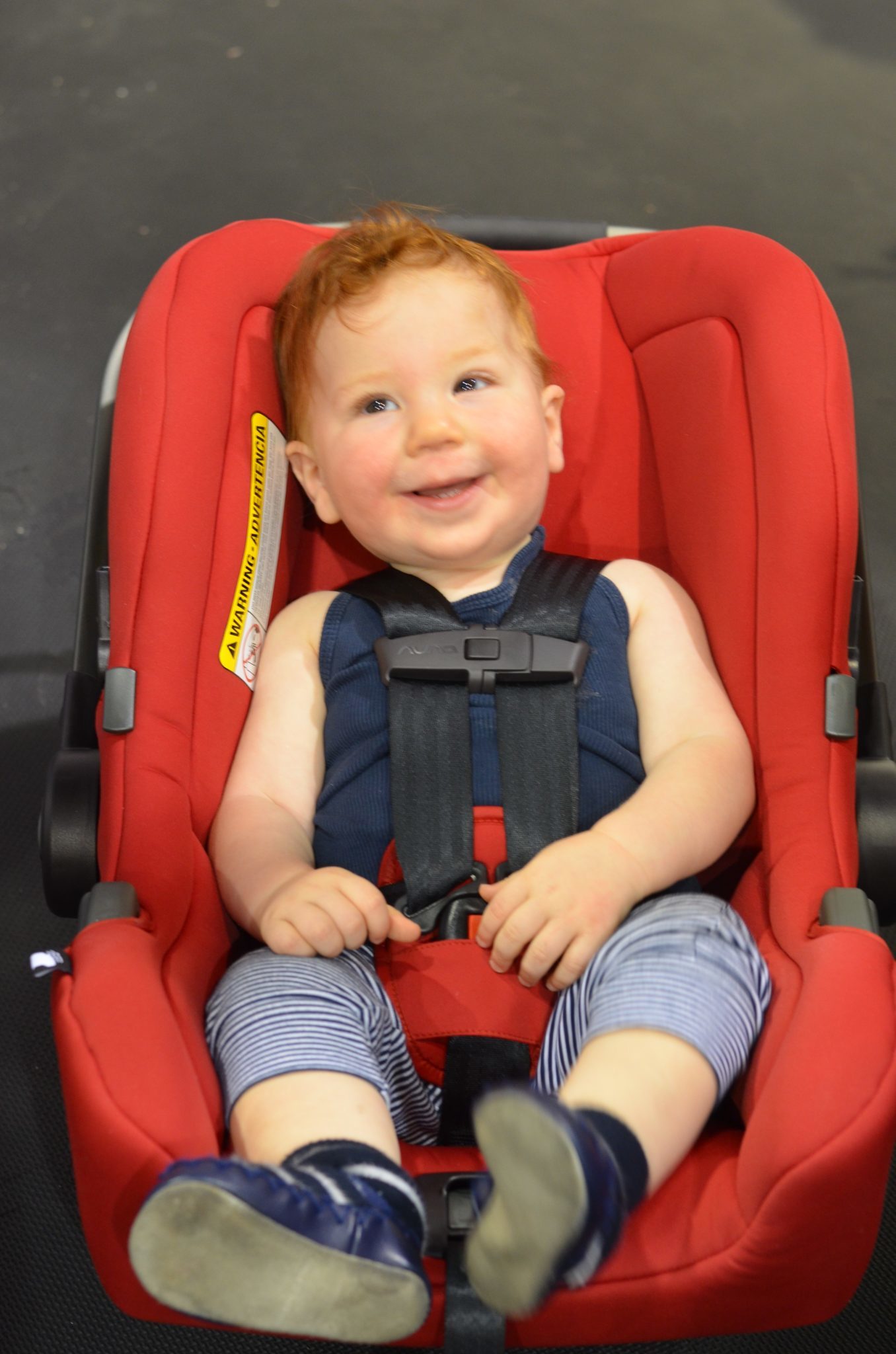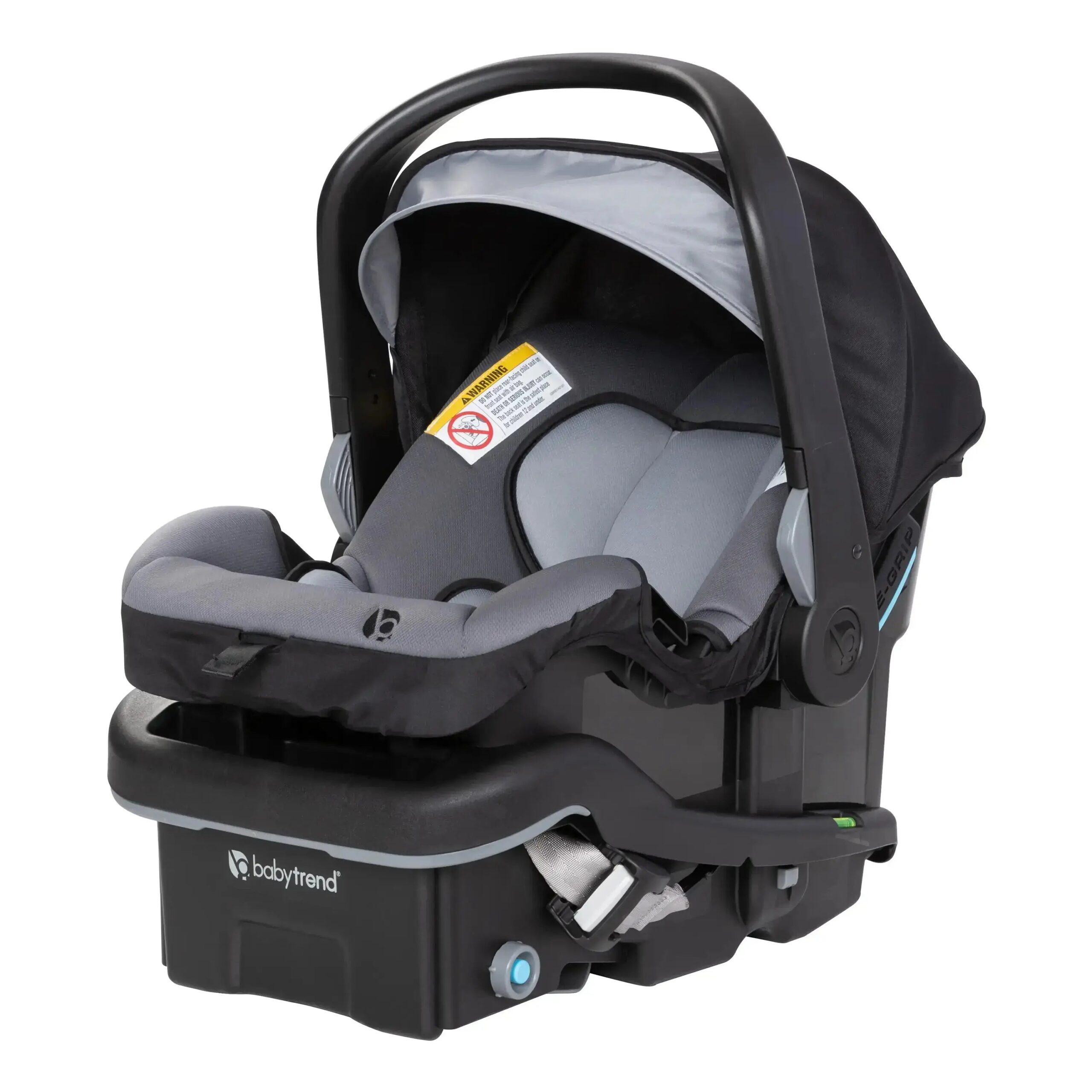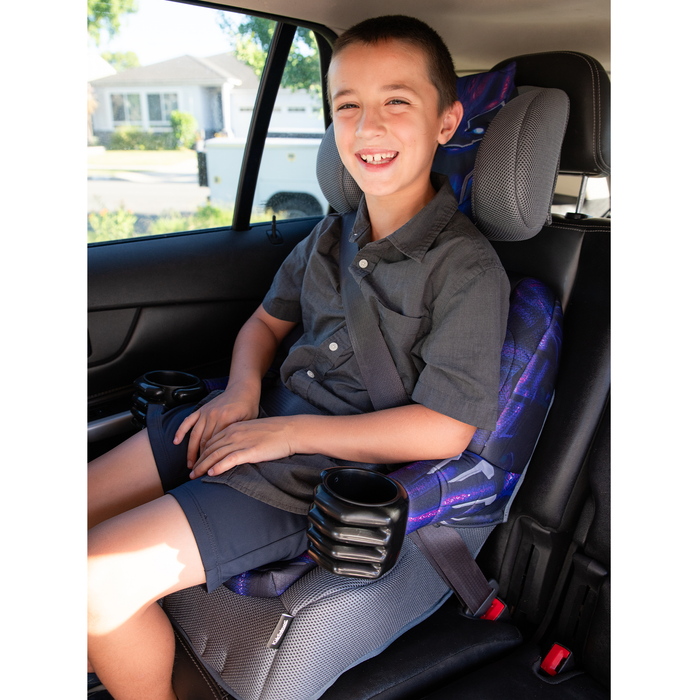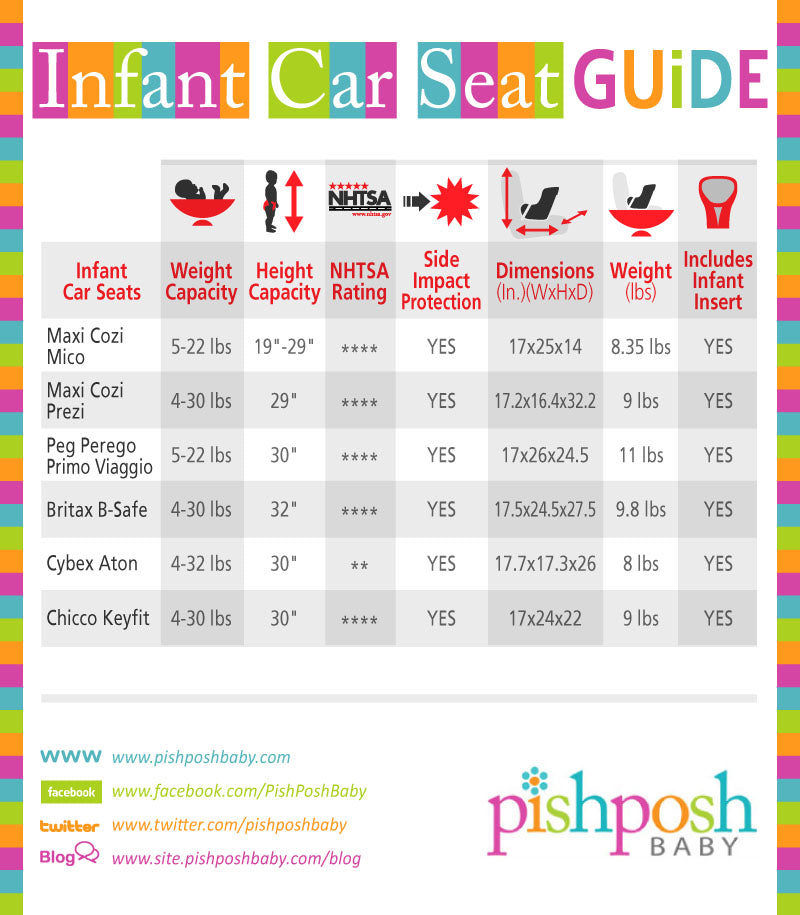Choosing the right car seat for your baby isn’t just about comfort—it’s about safety. If you’re wondering about infant car seat weight limits, you’re not alone.
This seemingly small detail plays a huge role in protecting your little one during every car ride. But how do you know if you’ve got it right? Are you using the seat correctly, or could your child already be outgrowing it without you realizing?
Don’t worry—you’re about to get the answers you need. We’ll break down everything you need to know so you can feel confident every time you buckle your baby in. Let’s make sure your precious cargo is as safe as possible!

Credit: thecarseatlady.com
Choosing The Right Car Seat
Selecting an infant car seat requires attention to weight limits. Ensure the seat fits your baby’s size and provides safety. Check manufacturer guidelines to avoid incorrect use.
Types Of Infant Car Seats
Infant Car Seat Weight Limit Safety Tips for New Parents come in two main types: rear-facing and convertible. Rear-facing seats are portable and designed for babies under 30 pounds. Convertible seats can handle higher weight limits, often up to 40 pounds. They can switch from rear-facing to forward-facing as your baby grows. Always pick a seat based on your baby’s size and age.
Weight And Height Guidelines
Each car seat has specific weight and height limits. Many infant car seats support babies up to 22 to 35 pounds. Height limits are usually around 30 to 35 inches. Exceeding these limits can affect safety during a car ride. Regularly check your baby’s weight and height to ensure the seat still fits.
Checking Manufacturer Specifications
Always read the manufacturer’s manual for your car seat. It provides exact weight and height restrictions for the model. Some seats may have additional safety features or unique guidelines. Follow these instructions to ensure proper installation and usage. Avoid using second-hand seats without complete specifications.
Understanding Weight Limits
Infant car seats are designed for rear-facing positions, protection for the head, neck, and spine, 22 to 35 pounds, manufacturer’s guidelines
Convertible seats allow parents to switch between rear-facing and forward-facing, with higher weight limits of 40 pounds
Many parents think weight is the only factor to consider. Height is equally important. Exceeding either the weight or height limit can reduce the seat’s effectivenessinstruction the manual.
Installation Best Practices
Proper installation of Infant Car Seat Weight Limit Safety Tips for New Parents ensures safety and comfort. Always check the weight limit printed on the seat label. Adjust straps and harnesses to fit snugly for secure positioning.
Securing The Seat Correctly
Always ensure the car seat is placed at the correct angle. This keeps your baby safe and comfortable. Follow the manual for proper installation steps. Use the seatbelt or LATCH system based on your car type. Double-check the straps to ensure they are tight and secure. Loose straps can be dangerous for the baby.
Using The Latch System
The LATCH system is a reliable way to install car seats. Attach the lower anchors tightly to the seat. Push the Infant Car Seat Weight Limit Safety Tips for New Parents firmly into the vehicle seat. Check for any slack in the anchor straps. Adjust until the seat does not move more than one inch. Always verify anchor positions in your car’s manual.
Testing For Stability
After installation, test the car seat for movement. Grab the seat at the base and shake it gently. The seat should not move more than one inch side-to-side or front-to-back. Double-check all connections for tightness. A stable seat ensures maximum safety for your baby during travel.
Safety Tips For Everyday Use
Always ensure the straps fit snugly on your baby’s shoulders. Loose straps can make the seat unsafe during sudden stops. The chest clip should be at armpit level for added safety. Avoid placing thick clothing under the straps, as it creates gaps. Check the tightness of the straps every time you use the car seat.
Dress your baby in thin, comfortable layers. Avoid bulky coats or padded suits as they affect the strap fit. Use a blanket over the straps to keep your baby warm. This ensures both safety and comfort during the journey.
Inspect the car seat weekly for wear and tear. Check for cracks, loose parts, or damaged straps. Ensure the seat is securely installed in the car. Clean the seat regularly to remove dirt and debris. Replace the car seat if it shows any significant damage.
Signs It’s Time To Upgrade
Many infant car seats have a mark on the label. Check this limit often as your baby grows quickly. If your child’s weight is near or above the limit, it’s time to switch seats. Using a seat beyond its limit can reduce safety during travel.
Inspect the seat for cracks, frayed straps, or broken buckles. These are signs the seat may no longer be safe. If the padding is worn or the harness feels loose, it’s better to replace the seat. Seats with may not protect your baby properly.
Babies grow fast, and their needs change. A convertible car seat can offer as your child grows. Consider upgrading to a seat with higher weight and height limits. This keeps your child safe as they get bigger.

Credit: www.prwe.com
Common Mistakes To Avoid
Many people forget that car seats have an expiration date. Over time, the materials can weaken, making the seat less safe. Always check the expiration date printed on the seat. If it’s expired, replace it immediately. Using old car seats can put your baby at risk during an accident.
The instruction manual has important safety information. Each car seat is different, and you need to install it correctly. Skipping the manual can lead to improper use. This can reduce the car seat’s ability to protect your baby. Always read the manual before using or installing the car seat.
Car seat manufacturers sometimes issue recalls for safety reasons. Ignoring these alerts can leave your baby in a defective seat. Register your car seat with the manufacturer to stay updated. This ensures you get notified about any recalls. Safety alerts are meant to protect your child.

Credit: www.Amazon.com
Frequently Asked Questions
What Is The Weight Limit For Infant Car Seats?
Infant car seat weight limits typically range from 4 to 35 pounds. Always check the manufacturer’s guidelines for specific details.
Can A Newborn Use An Infant Car Seat?
Yes, infant car seats are designed for newborns weighing at least 4 pounds. Ensure proper installation and correct harness adjustment.
When Should I Switch From An Infant Car Seat?
Switch when your child exceeds the car seat’s weight or height limit, usually around 35 pounds or 32 inches.
Are All Infant Car Seats Weight Limits The Same?
No, weight limits vary by brand and model. Always review the car seat’s specifications to ensure proper use.
Conclusion
Choosing the right infant car seat is crucial for your baby’s safety. Always check the weight limits and follow the manufacturer’s guidelines. Ensure the seat fits your child’s size and your vehicle properly. Regularly inspect the seat for any signs of wear or damage.
As your baby grows, transition to the next seat type at the right time. Safety comes first, so take time to make informed decisions. A well-chosen car seat provides peace of mind and protection on every journey. Prioritize comfort and security for your little one’s travels.






One Response